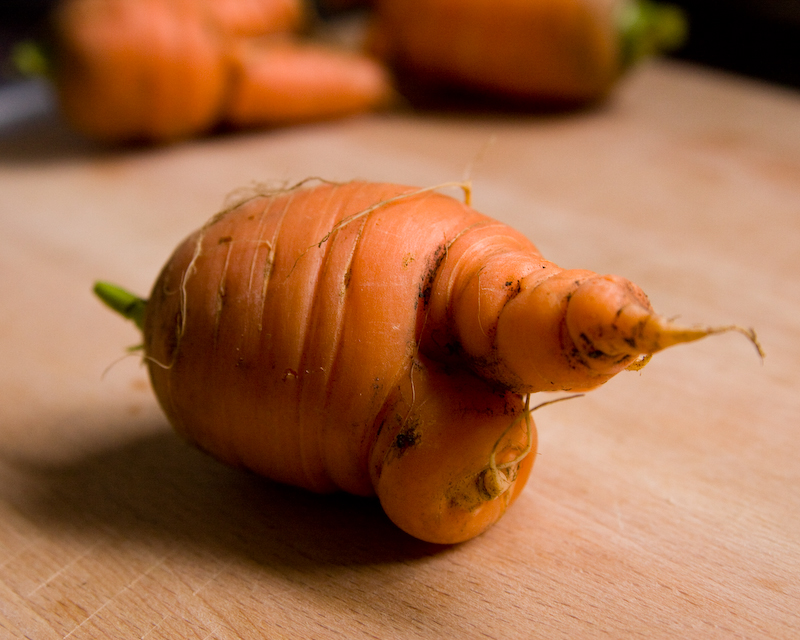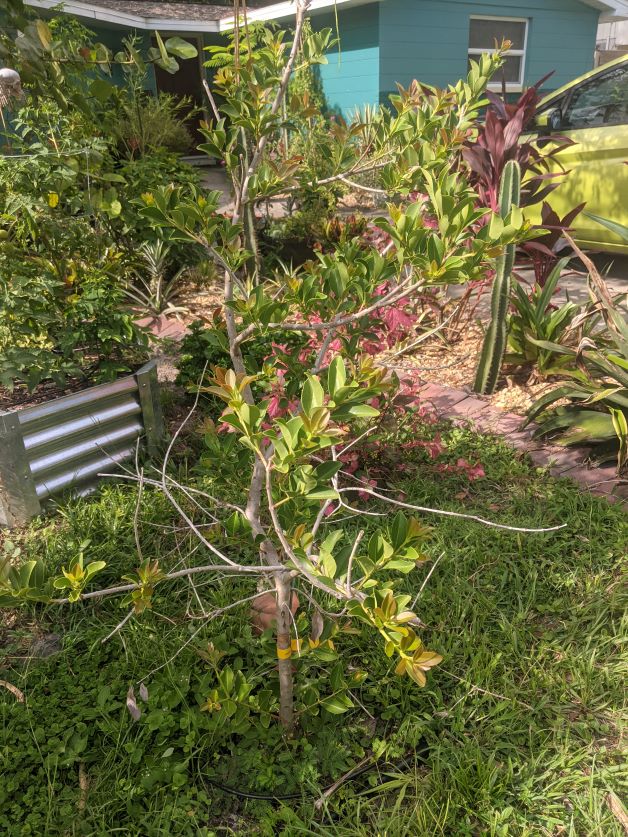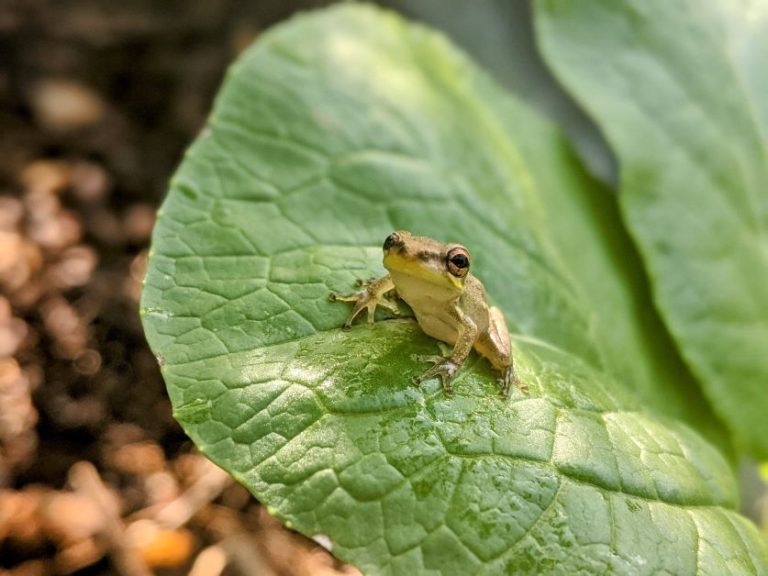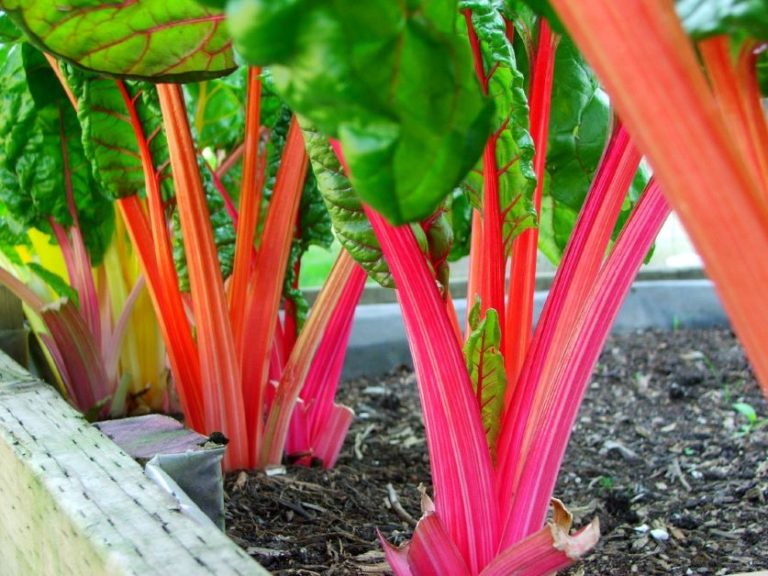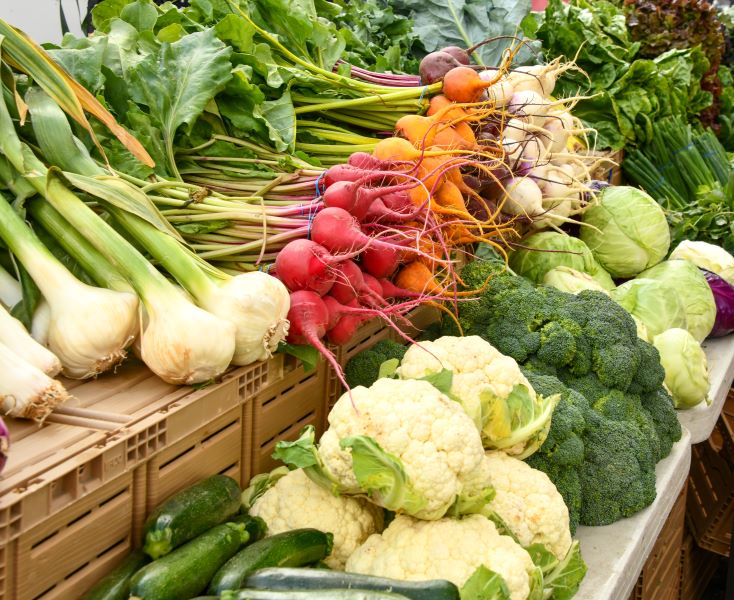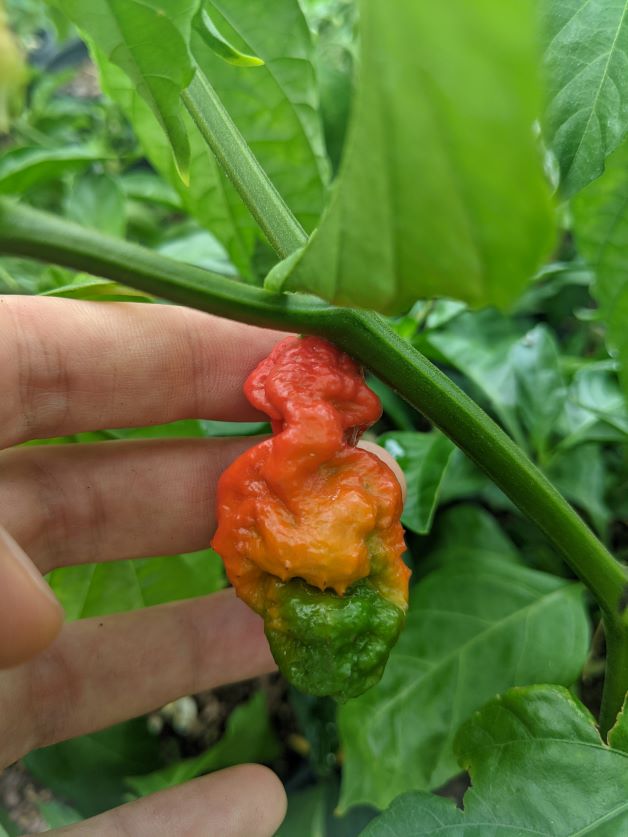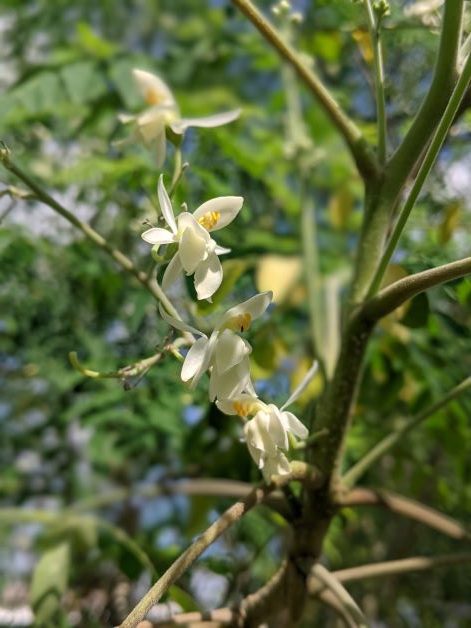Why Are My Carrots Small?
After months of patiently waiting, the first thought I had after harvesting was “why are my carrots small?” I expected my carrots to be at least 6 inches long but alas, they were just short little nubs. If you’re like me and wondering why your carrots are small, this guide is for you.
Why are my carrots small and clumpy?
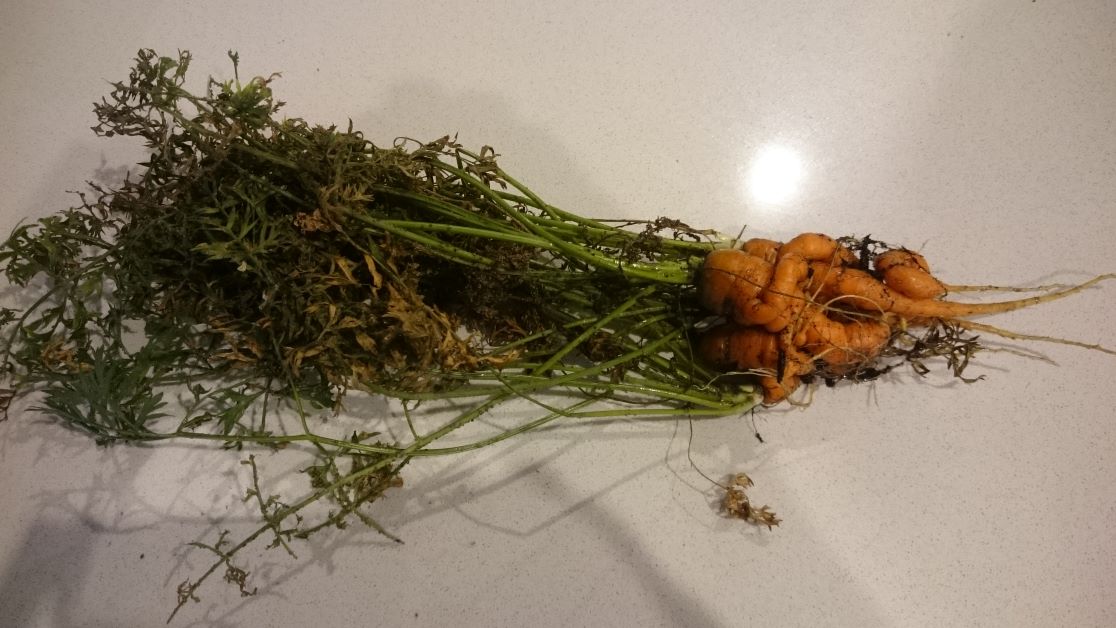
One reason why your carrots are small and clumpy is because of overcrowding. If your carrots grow intertwined and spindly, then you know that you didn’t give them enough room. Like all root vegetables, carrots need some space to expand and grow. If you plant carrots too close together, they will compete with each other and grow as a clump of small carrots.
How far away to plant carrots?
For best results, plant carrots 2 to 3 inches apart. Carrot seeds are small and light, which makes it hard to plant them evenly. For this reason, it’s important to thin your carrots.
How to thin carrots
If your carrots are growing as clumps, thin them out by pulling out the weakest seedlings until your carrots are 2 or 3 inches apart. If you’re having a hard time thinning your carrots one at a time rather, then you can:
- Use your index finger on your non-dominate hand to lightly press down on the strong seedling that you want to keep. This pressure will keep your keeper carrot in place.
- Use your dominate hand to gently pull the seedling you no longer want to keep.
Why are my carrots short and fat?
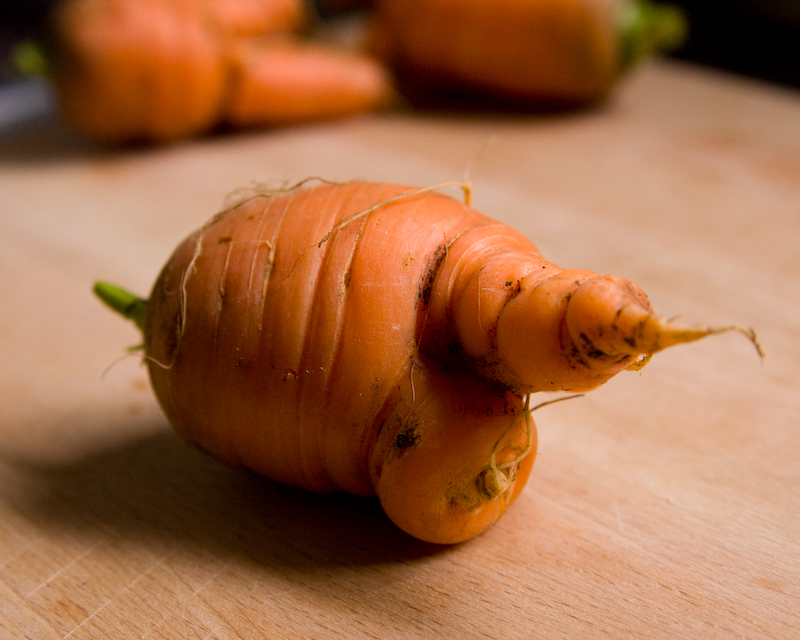
If your carrots are short and fat, it’s probably because your soil is too dense. Another sign that your soil is too dense is if your carrots grow with multiple roots rather than 1 that’s long and well-developed. Soil for growing carrots should be loose, sandy, and loamy. If your soil is too dense, your carrot won’t have enough strength to push its way through it. Carrots also prefer a soil pH between 6.0 and 7.0.
Best soil for carrots
- 1 part sand
- 1 part compost
- 1 part potting soil
Why are my carrots so short?
Some carrots grow short because of their variety. If you plant a mini carrot variety, it will always grow small because that’s what it’s meant to do. Pay attention to the type of carrot seeds you plant – if you want to grow baby carrots, the varieties below are a good choice.
Mini carrot varieties
Parisian Carrots
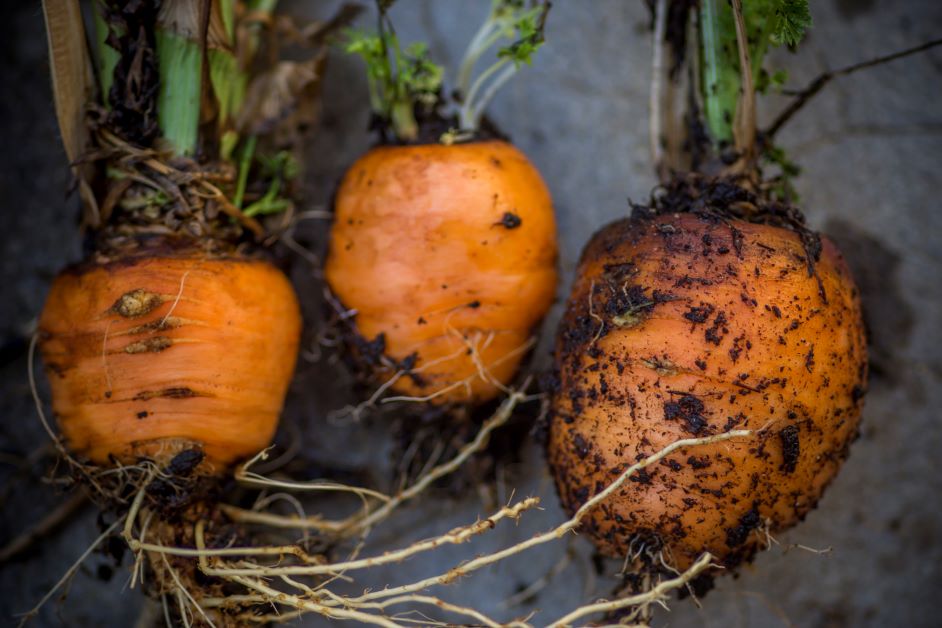
Parisian carrots are round carrots – they look almost like an orange radish. Due to their shape and size, Parisian carrots are great if you want to grow carrots in a pot. These are also fast-growing carrots, only taking 55 days to mature.
Chantenay
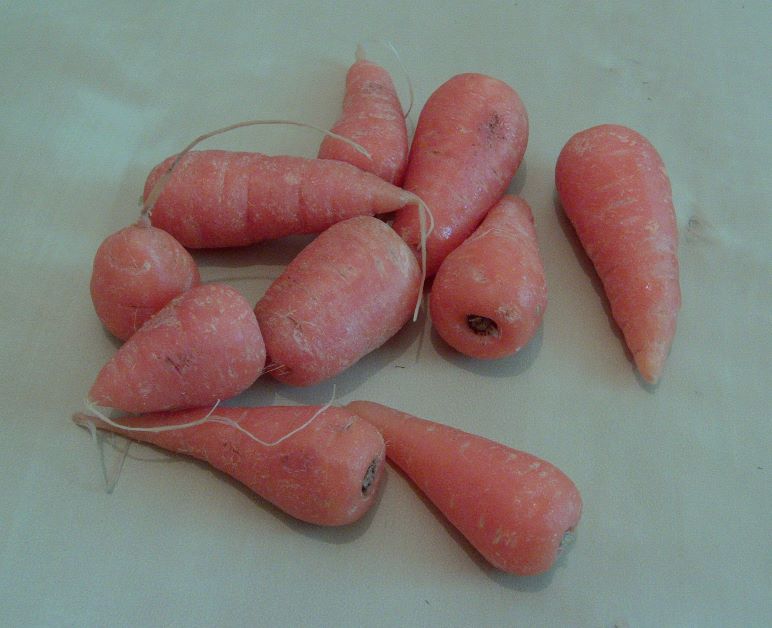
Chantenay carrots are short and chunky. Although they can grow to be 7 inches long, most people pick them when they reach 4 to 5 inches. Chantenay are orange on the outside and reddish on the inside. Most people grow this variety because they have a high yield.
Little Finger
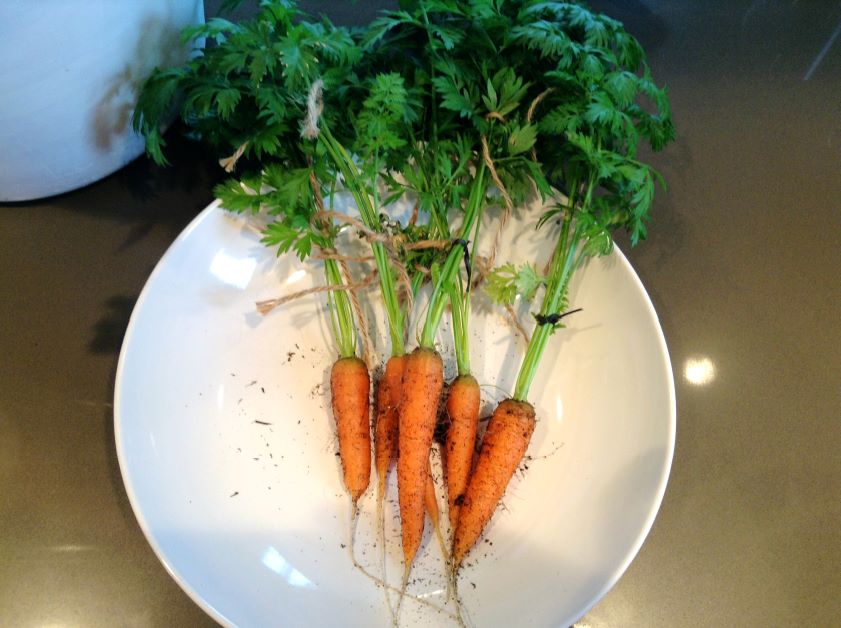
Not to be confused with little finger eggplant, little finger carrots are one of the most popular varieties of baby carrots. Most say that there are exceptionally sweet.
Why are my carrots so thin?
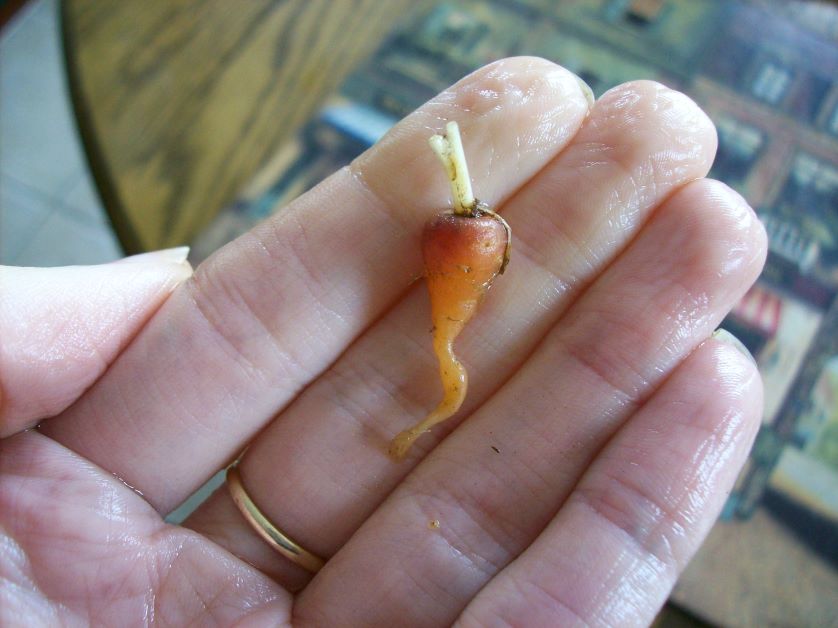
If you pick your carrots too early, they will be tiny and thin. You can tell how big your carrot is by gently feeling them under the soil – just be careful not to disturb your carrots too much when doing so.
How long does it take to grow a carrot?
Depending on the growing conditions and variety, carrots take 7 to 21 days to germinate and 55 to 80 days to go from seed to harvest.
Why are my container carrots small?
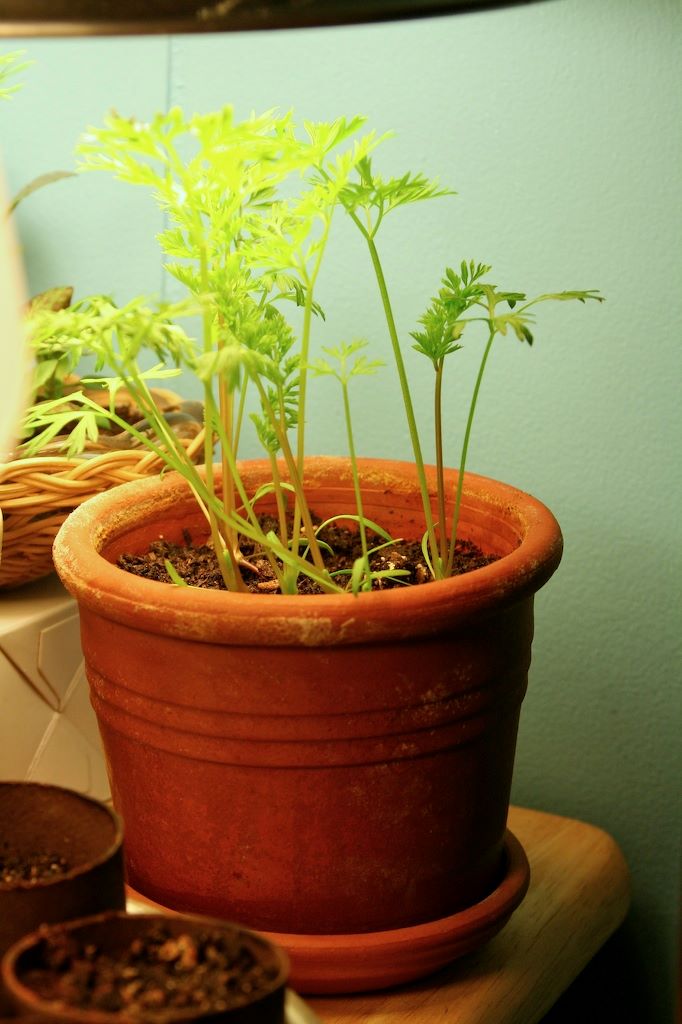
Unless you’re growing a round variety, carrots need some depth to grow to their full size. Growing carrots in a container that’s too shallow will result in short, underdeveloped carrots. Generally, round carrots like the Parisian do better in containers than full-size carrot varieties.
Best container for carrots
Choose a well-draining container that’s at least 12 inches deep when growing carrots in containers. You can grow carrots in 5-gallon plastic pots, fabric grow bags, or an easy DIY garden container.
Why are my carrots small and bland?
Carrots are a cool-season vegetable. If you plant carrots when it’s too hot, they will be small and bland. If you plant carrots when it’s too cold, they will be slower to germinate and grow but they will probably be sweeter. The ideal temperature range for carrots is 55°F to 75°F.
When should you plant carrots in Florida?
[table id=28 /]
Why are my carrots small and covered in growths?
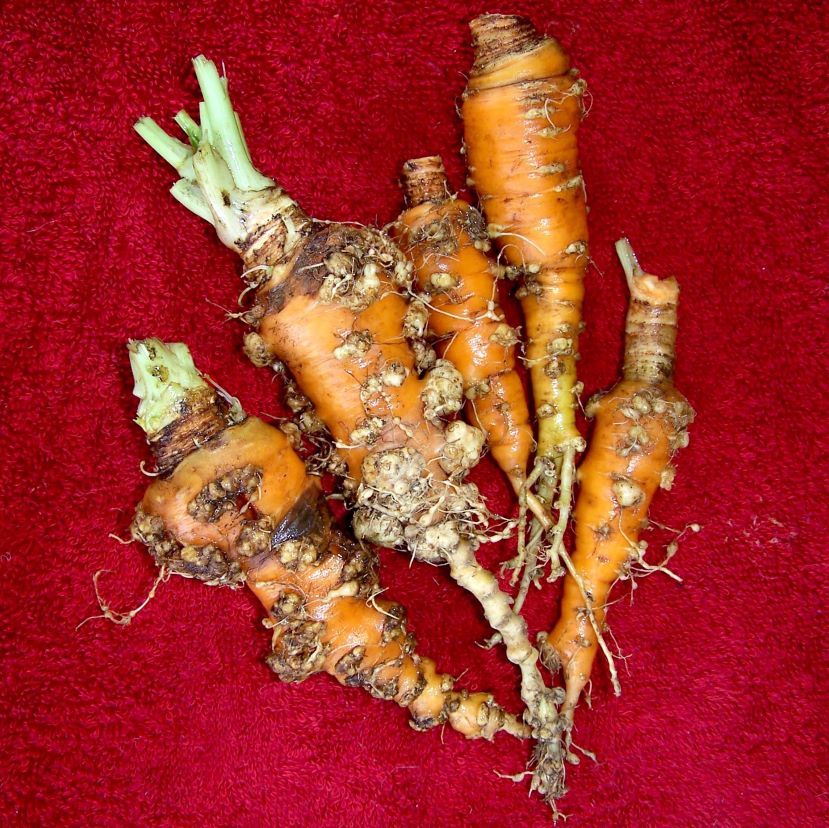
Root-knot nematodes are a devastating garden pest that wreaks havoc on many different crops, carrots included. Unfortunately, they’re also very common in Florida. Root-knot nematodes are microscopic worms that feed on the roots of your plants. Since carrots are a root vegetable, they are susceptible to root-knot nematodes.
If your carrots are misshapen, small, and covered in light-colored round growths, you probably have nematodes. These light-colored growths are called galls and although they’re edible, they’re tough. Carrots attacked by root-knot nematodes aren’t poisonous, but they look (and taste) pretty gnarly.
How to get rid of root-knot nematodes on carrots
Part of the reason root-knot nematodes are so devastating is that they are insanely hard to get rid of. There are products on the market that target root-knot nematodes but in my experience, they aren’t very effective. These root-knot nematode soil treatments are made mostly of geranium oil and work better as prevention than they do as a treatment. Crop rotation is also an important root-knot nematode prevention method.
The only true way to get rid of root-knot nematodes is to solarize your soil…which unfortunately is the very definition of scorched earth. To solarize, you must pull up all of your plants, cover your soil in clear plastic sheeting and let the power of the sun heat up your soil to extreme temperatures. In Florida, solarizing is usually done in the summer (when most crops fail to grow anyways).
Featured image photo credit: Pete Favelle

